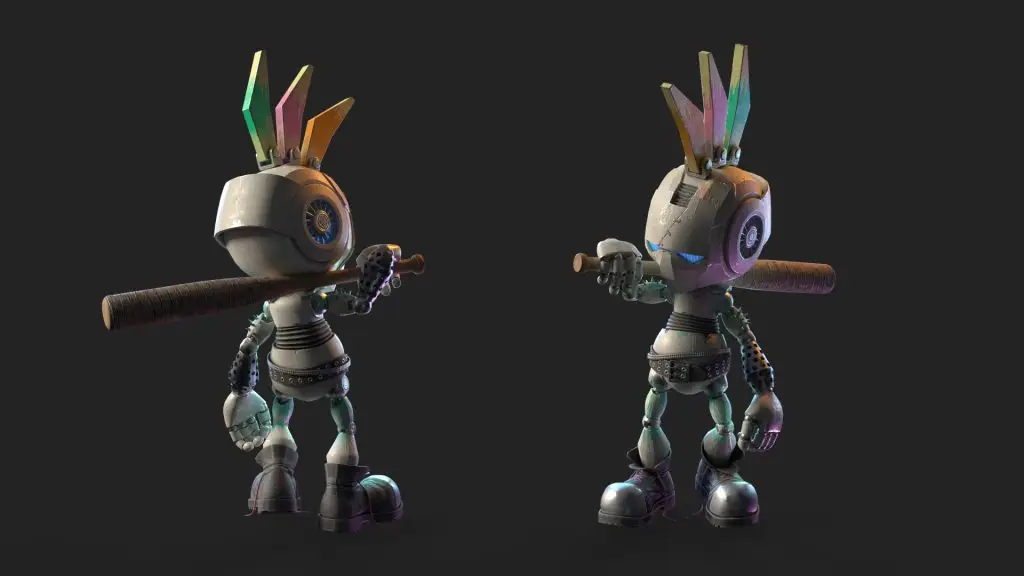
3D game art is a huge umbrella but simply put, it covers almost everything you see in a modern game! It might not specifically be every explosion, gunshot, or magical ability. But every character model, every car, every weapon, all of the tangible 3D objects that fill and create the game worlds we inhabit, is 3D game art.
The Importance of 3D Art for Games
Even for very stylized 2D games or sidescrollers, it’d be difficult to find a game created in the past decade without at least some degree of 3D art utilised. 3D art, aside from the code and literal functions of a game, are what games are made of. Without art and artists, we would be in a very drab and plain world. Perhaps still navigating RPGs using text boxes and fighting using basic text arithmetic.
3D art, and all art in gaming, is what gives us such beautiful landscapes, weapons, and characters to feast our eyes on. Great artists, like those here at Ringtail Studios and Magic Media, work tirelessly to deliver a visual language that is easily understood and consistent with the world we are playing in. The importance of great 3D art and its consistency is clear. Creating weapons mods and VFX for a game like Remnant 2 cannot be approached in the same way as our work on Destroy All Humans!. While they are both somewhere in the worlds of sci-fi and fantasy, they cannot be put side-by-side and called similar.
Genre and gameplay aside, Remnant and its successor sit in a dire and harrowing world of organic monstrosities, post-apocalypse nightmares, and terrifying deific creatures that haunt your every step. Its art is so good because it captures you immediately because it is so far removed from normal. Destroy All Humans! is defined by absurdity, colourfulness, and humour. They both involve players wiping out their enemies but no one in Remnant is happy to be there. Crypto, however, is very happy to put down a few humans!
Good 3D art immediately tells players what they’re getting into. It sets the scene and allows itself to be a platform that the game builds upon for the experience and the atmosphere.
How do we create 3D Art for Games?
All art production goes through similar stages. At Ringtail they look something like this:
1. Concept and Ideation

